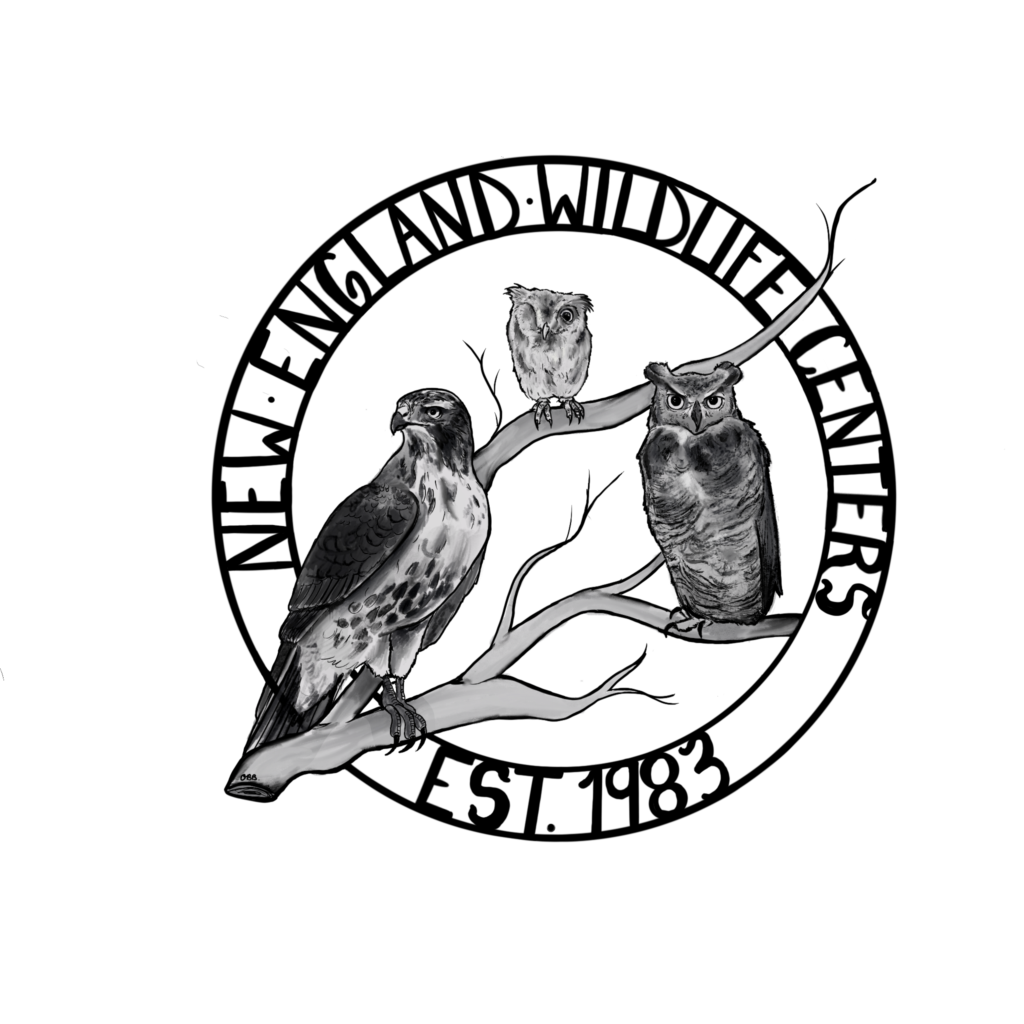Blue Mussel (Mytilus Edulis):
The Blue Mussel can be found throughout the coastal waters of the Eastern Seaboard, stretching as far north as the southern arctic. They are among the most common mussel species in the world and constitute a considerable prey item for seabirds, beach dwelling mammals, and many aquatic species. They belong to a group of species called bivalves, meaning that they have a hinged shell that is comprised of two separate parts. Blue Mussels are filter feeders, sucking in nutrient rich water into the anterior syphon opening and expelling it out the posterior. They are epibenthic opportunists, making use of any rock face or substrate that will support them. They extend a series of sticky Byssel fibers from their hinge that allows them to attach to a variety of surfaces. They do not often move around, that is unless they are searching for a new place to attach themselves. Interestingly, because of their ubiquity they are among the most studied animals in the world, and have more published research about them than any other marine invertebrate. Additionally, Blue Mussels also played a large role in shaping early America. Native Americans and settlers were able to easily collect them and make a decent and wholesome meal and they would use the shells and leftovers as fertilizer for their crops. Today, many archeologists look for ancient blue mussel shell pits as an indicator for Native American outcroppings.
Blue Mussel
